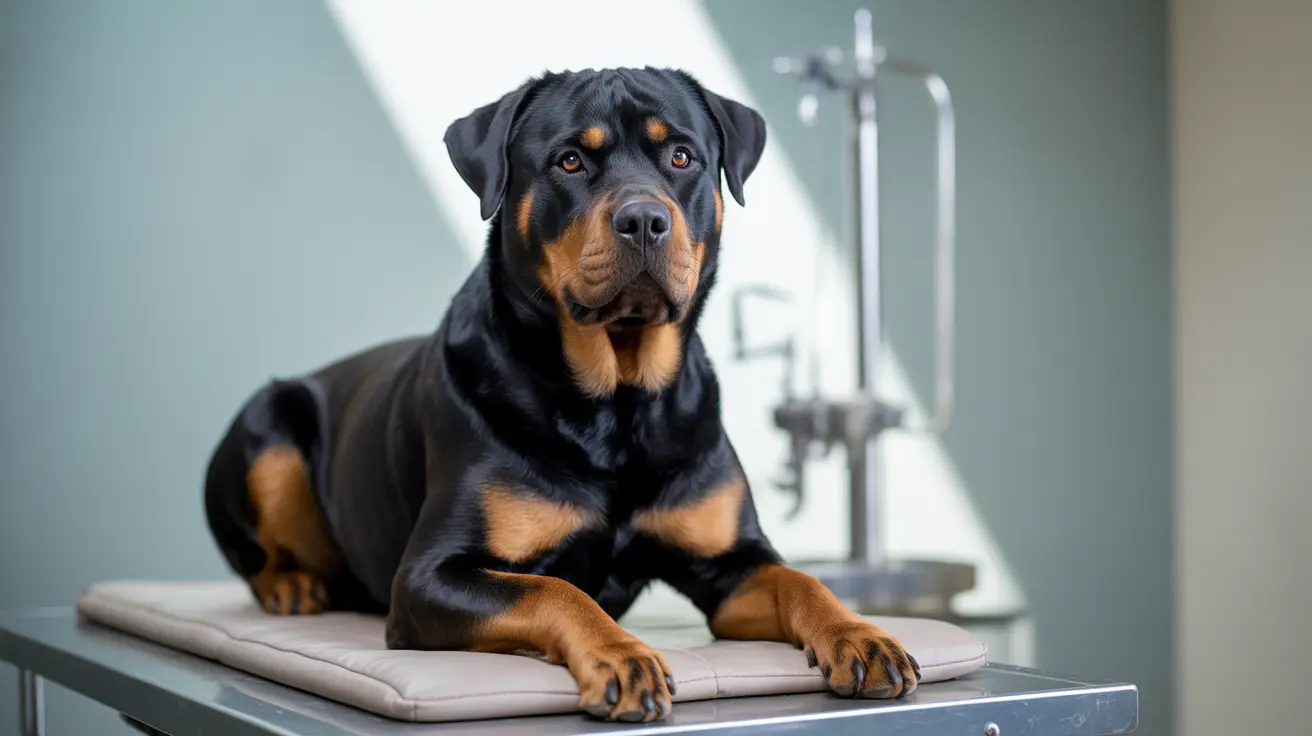Proper Care for Your Dog’s Surgical Incision
Caring for your dog after surgery is essential for a smooth and quick recovery. One of the most crucial elements is managing the surgical incision site correctly. Owners often wonder, "Can I put anything on my dog's surgery incision?" The short and definitive answer is no—unless your veterinarian gives specific instructions to do so. Misapplying substances can cause irritation, infection, or delayed healing.
Why You Shouldn’t Apply Anything Without Vet Approval
- Surgical incisions are sensitive and require a sterile, dry environment to heal properly.
- Certain topical substances like ointments, alcohol, or hydrogen peroxide can damage tissues and delay healing.
- Your dog might lick off the substance, leading to accidental ingestion of harmful chemicals and potential removal of sutures or staples.
What You Should Do Instead
Follow your vet's instructions closely. Here are some universally recommended practices:
- Keep the incision clean and dry. Avoid bathing or wetting the area for 10–14 days post-surgery.
- Inspect the wound twice daily for signs of infection such as redness, swelling, discharge, or foul odor.
- Prevent your dog from licking or scratching the incision by using an Elizabethan collar, inflatable collar, or recovery suit.
- Limit your dog's physical activity to avoid strain on the incision—no jumping, running, or rough play.
Recognizing Normal vs. Abnormal Healing
Understanding what constitutes normal healing can ease concerns:
- Normal: Mild redness and slight swelling around the incision, clean wound edges, minor blood seepage within 24 hours, and no foul smell.
- Abnormal: Continuous bleeding, pus or colored discharge, gaping incision, foul odor, lethargy, fever, or loss of appetite.
Post-Surgery Wound Protection
Protective steps ensure your dog’s incision remains undisturbed:
- Use clean towels or soft sheets if covering the incision is necessary.
- Keep your dog indoors in a calm, stress-free environment with soft bedding.
- Sanitize your hands before and after touching the incision.
- Do not let your dog play outside in dirty or crowded areas until the vet confirms complete healing.
Exceptions with Veterinary Instruction
Only apply topical treatments like chlorhexidine solutions, saline, Neosporin, cold/warm compresses, or Manuka honey if prescribed. These are sometimes recommended for specific cases, such as inflamed or draining wounds, but their use must be guided by a professional.
Suture Care and Removal
- Absorbable sutures under the skin do not require removal.
- External sutures or staples are typically removed 10–14 days post-surgery.
- Check dressing and drains if applicable, and follow guidelines on change frequency and removal timing.
Recovery Timeline
The general healing period for most incisions is between 10–14 days, but this can vary based on:
- Type of surgery performed
- Dog's age and general health
- Adherence to post-op care guidelines
When to Contact Your Vet
- Excessive discharge, bleeding, or swelling
- Gaps in the surgical wound or persistent discomfort
- Fever, vomiting, or behavioral changes
- If your pet removes or damages stitches
Conclusion
Never apply anything on your dog's surgical incision without veterinary approval. Follow appropriate post-operative care—monitor the incision, prevent contamination or interference, and consult your vet about any concerns. These steps will help avoid complications and ensure your furry friend has a comfortable, speedy recovery.





